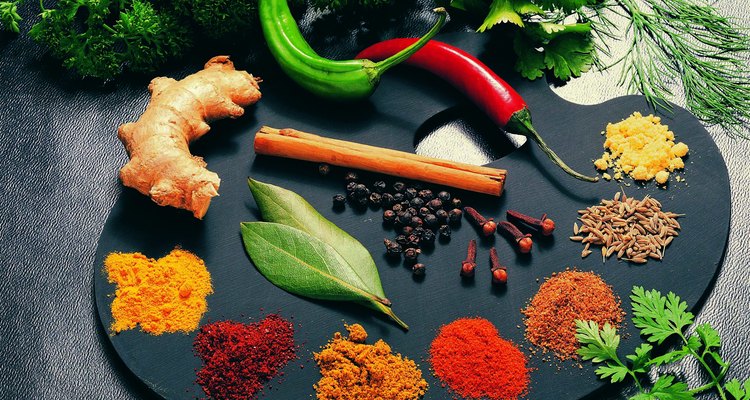
You need some sodium from salt to maintain the proper balance of fluids in you body and prevent dehydration. Sodium also helps your nerves and muscles function properly. But too much salt can bring health problems. You can safely create a menu that doesn’t include salt as a spice or condiment and further reduce dietary sodium by eating mostly whole rather than processed foods.
Salt Guidelines
If you're concerned about blood pressure and want to keep it in a healthy range, include no more than 1,500 milligrams of sodium in your daily diet. Women over 50 and those with diabetes should also limit sodium intake to no more than 1,500 milligrams a day. If you suffer from kidney disease, liver cirrhosis or congestive heart failure, you may need to limit sodium to even lower levels. You can accomplish this by avoiding processed foods, such as cured meats and canned soup, and high-salt condiments, such as soy sauce. Adding potassium-rich foods like bananas can also help your body rid itself of extra sodium.
Breakfast
If you like cereal for breakfast, use whole grains rather than packaged cereal. A 3/4 cup serving of bran flakes may seem like a healthy choice, but it could contain 220 mg of sodium, depending on the product. Opt for oatmeal, using equal parts rolled oats and nonfat milk, and add cinnamon and unsalted almonds along with with banana slices. If you want eggs for breakfast, season with basil, pepper, hot sauce, onions or garlic rather than salt. If you enjoy muffins, bake them yourself, omitting salt and adding cinnamon, vanilla, poppy seeds or lemon rind. Make a bowl of fruits, such as bananas and blackberries, and top with plain, nonfat yogurt.
Lunch
At lunch, avoid fast-food and, when you do eat out, ask for entrees without salt and prepared sauces, gravies and salad dressings. Make your own sandwiches with leftover chicken or roasted meat, rather than packaged meats. Season with pepper, mustard or balsamic vinegar. Create a salt-free salad with romaine, green pepper, tomatoes, onions, cucumbers and sprouts, topped with grilled chicken slices and a homemade mustard-yogurt dressing. Homemade bean soup, seasoned with pepper, basil and bay leaves, adds potassium and fiber to your diet, but little or no sodium if you use dry beans. If you use canned beans, choose a no-salt variety or rinse with water before use.
Dinner
At dinner, halibut with a baked sweet potato and spinach salad provides more than a third of the recommended 4,700 milligrams of potassium recommended that helps lower blood pressure, while adding no salt if you don’t season your fish or potato with salt or use a prepared salad dressing. Other salt-free choices include chicken and vegetable curry over brown rice, seasoned with garlic, onion, paprika, cinnamon and curry powder. For a low-salt salad, use spinach, black beans, chopped tomatoes, onions, red peppers, rice and salsa, checking the salsa label for sodium content.
Related Articles

Low-Potassium Meals

Low Sodium Foods That Taste Good
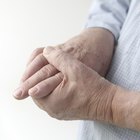
Foods to Avoid to Prevent Gout
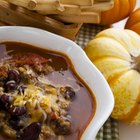
Calories in a Cup of Turkey Chili
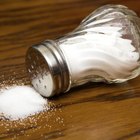
How to Find a Salt Substitute Without ...
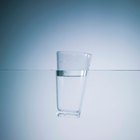
How to Make Electrolyte Water With Salt ...
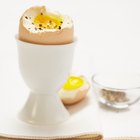
Healthy Unprocessed Lunch Choices
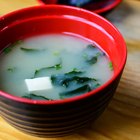
Macrobiotic Breakfast Foods
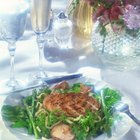
High Fiber & Protein Diet Menus

Does Benefiber Lower Cholesterol?
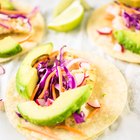
4 Simple Healthy Dinner Recipes

Snacks Compatible With a Diet for Gout
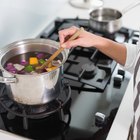
The Soup, Salad & Sandwich Diets
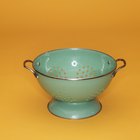
How to Soak Amaranth
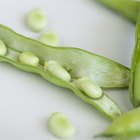
Nutritional Facts of Fava Beans

2500 Calorie Menu
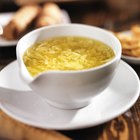
Calories in a Pint of Egg Drop Soup
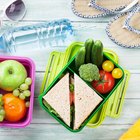
Lunch Ideas for the Beach

How to Make Your Own Lean Cuisine

Low-Potassium Salt Substitutes
References
Writer Bio
Kathryn Gilhuly is a wellness coach based in San Diego. She helps doctors, nurses and other professionals implement lifestyle changes that focus on a healthy diet and exercise. Gilhuly holds a Master of Science in health, nutrition and exercise from North Dakota State University.
Photo Credits
Stockbyte/Stockbyte/Getty Images